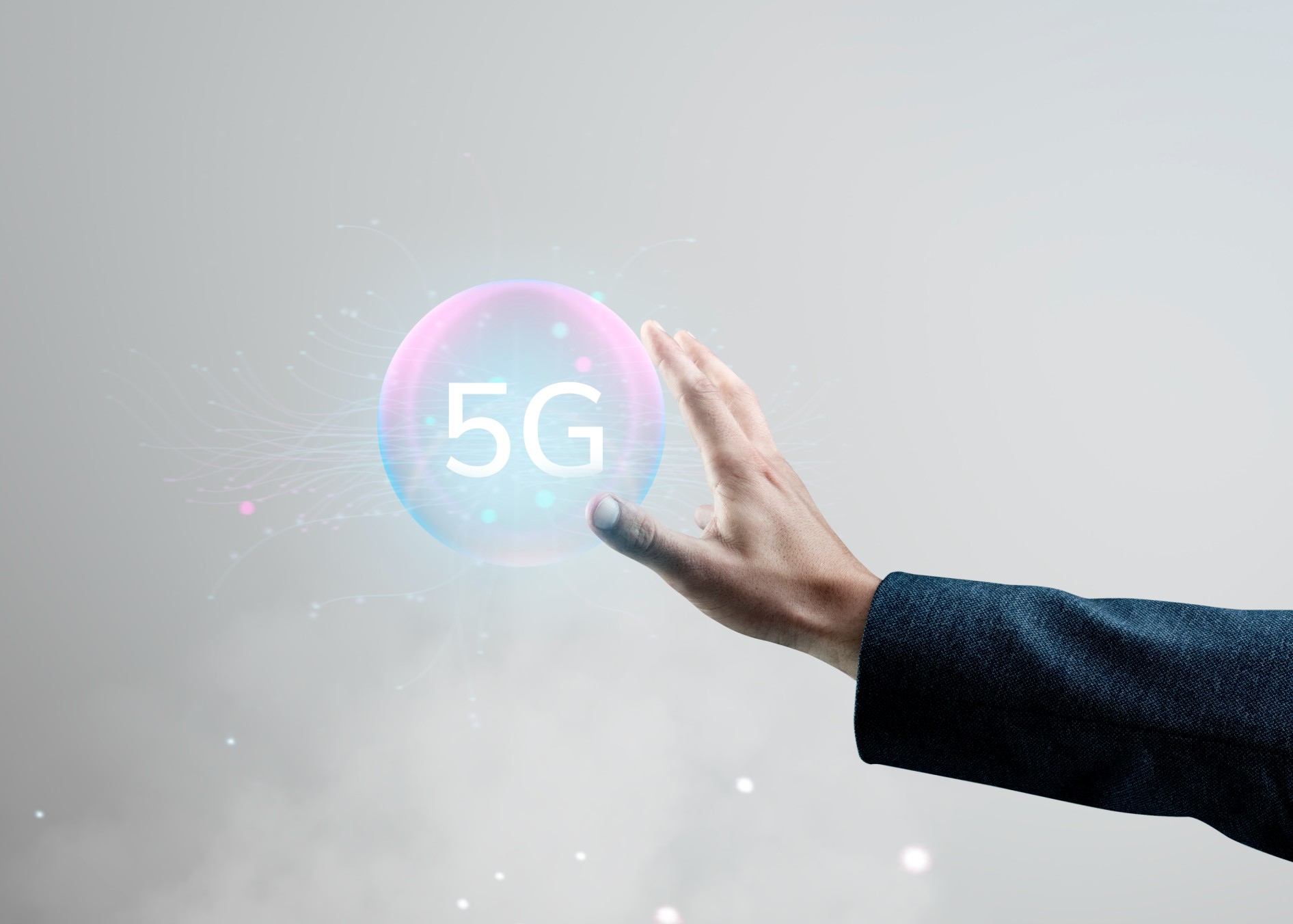Maximizing 5G Efficiency: Proven Strategies for CIOs and Tech Leaders to Optimize Performance

The rollout of 5G networks has revolutionized connectivity, promising ultra-fast speeds, minimal latency, and the capacity to support billions of devices. However, delivering on these promises requires more than just deploying the infrastructure. To fully realize 5G’s potential, telecom providers must address post-deployment challenges such as network congestion, dynamic scaling, and resource optimization.
This blog explores actionable strategies to maximize 5G efficiency using automation, AI, and cutting-edge tools, ensuring that networks operate at peak performance.
1. Increased Data Traffic
With IoT devices, autonomous vehicles, and streaming services driving exponential data growth, 5G networks face unprecedented demand.
2. Network Bottlenecks
Urban areas experience high congestion due to dense device usage, leading to degraded performance.
3. Resource Allocation
Efficiently managing spectrum, bandwidth, and power across a distributed network is a significant challenge.
4. Energy Consumption
5G base stations consume significantly more energy than their predecessors, increasing operational costs and environmental impact.
5. Edge Computing Integration
Low-latency applications require seamless integration of 5G with edge computing, which demands sophisticated orchestration.
1. Dynamic Spectrum Allocation
Efficient spectrum usage is critical for 5G performance. AI-driven tools can dynamically allocate spectrum based on:
Traffic Patterns: Assign more spectrum to high-demand areas during peak times.
Device Types: Prioritize bandwidth for latency-sensitive applications like remote surgery or autonomous vehicles.
2. Intelligent Traffic Steering
AI-powered traffic steering ensures optimal data flow by:
Rerouting Congested Paths: Redirecting data through less congested routes in real time.
Prioritizing Critical Traffic: Assigning priority to mission-critical applications, such as emergency services.
3. Energy-Efficient Networks
Implement sleep modes for base stations during low traffic periods to conserve energy.
Use renewable energy sources and optimize hardware design to reduce power consumption.
4. Network Slicing
5G enables network slicing, where virtualized network segments are created for specific use cases. Examples include:
Enhanced Mobile Broadband (eMBB): High-speed data for consumers.
Ultra-Reliable Low-Latency Communication (URLLC): Applications like telemedicine and smart factories.
Massive Machine-Type Communication (mMTC): IoT networks.
5. AI for Predictive Maintenance
AI can analyze data from base stations and antennas to predict potential failures, ensuring proactive maintenance and reducing downtime.
6. Edge Computing Optimization
Deploying edge servers closer to users reduces latency for applications like AR/VR, gaming, and real-time analytics.
7. Automation in Network Orchestration
Automation tools can streamline network configuration, monitoring, and scaling. This reduces manual intervention and ensures consistent performance.
In a pilot project, a leading telecom provider optimized a smart city 5G network by:
Using dynamic spectrum allocation to manage peak-hour traffic in urban hubs.
Deploying edge computing to support real-time traffic monitoring and autonomous vehicle communication.
Enabling AI-driven maintenance, reducing downtime by 30%.
The result? Improved connectivity, reduced energy consumption, and a smoother user experience for residents.
Latency
Goal: Maintain latency below 1 ms for critical applications.
Bandwidth Utilization
Ensure optimal allocation to avoid over- or under-utilization.
Energy Efficiency
Measure energy consumption per data transfer unit to identify optimization opportunities.
User Experience Metrics
Track call drops, download speeds, and streaming quality.
Network Scalability
Assess the network’s ability to handle spikes in device connections or data traffic.
1. AI-Enhanced Slicing
AI will enable more granular and dynamic slicing, adapting to user behavior and application needs in real time.
2. Integration with Satellite Networks
Seamless transitions between 5G and satellite connectivity will extend coverage to remote and underserved areas.
3. Sustainable 5G
Next-generation hardware and software will prioritize low-energy consumption, aligning with global sustainability goals.
4. 6G Preparedness
Optimizing 5G today will lay the foundation for smoother transitions to 6G technologies, expected to emerge in the next decade.
Maximizing 5G efficiency is not just about maintaining network performance—it’s about unlocking the full potential of this transformative technology. By leveraging AI, automation, and innovative tools, telecom providers can ensure their networks remain fast, reliable, and scalable.
The journey toward efficiency is ongoing, but the rewards—enhanced user experiences, reduced costs, and future-ready infrastructure—make it a critical investment.
As 5G becomes the backbone of modern connectivity, organizations need innovative strategies to fully capitalize on its potential. Virtual Delivery Centers (VDCs) provide an unparalleled framework to ensure the successful deployment, optimization, and scalability of 5G technologies.
How VDCs Enable 5G Excellence:
Network Optimization Expertise: VDCs bring together global experts to fine-tune network architecture, ensuring peak performance and minimal latency.
AI-Driven Insights: Leverage VDC capabilities to implement AI and ML algorithms that monitor network usage and predict bottlenecks, enabling proactive performance enhancement.
End-to-End Testing: From core systems to edge applications, VDCs facilitate rigorous testing to ensure seamless 5G integration and operation across devices and platforms.
Edge Computing Integration: By integrating edge computing solutions through VDCs, businesses can enhance real-time data processing, making 5G applications faster and more efficient.
Cost Management: VDCs eliminate the need for large in-house teams, providing a flexible and cost-effective approach to managing 5G projects.
Whether it's optimizing 5G for IoT, enhancing customer experiences, or building next-gen applications, VDCs provide the expertise and resources needed to stay ahead in the 5G era. Transform your 5G strategy with the power and agility of Virtual Delivery Centers.

For modern telecom enterprises, delivering exceptional QoS is no longer optional—it’s a brand differentiator and a strategic lever for growth. Static provisioning models won’t cut it in a world of hyper-dynamic data usage.